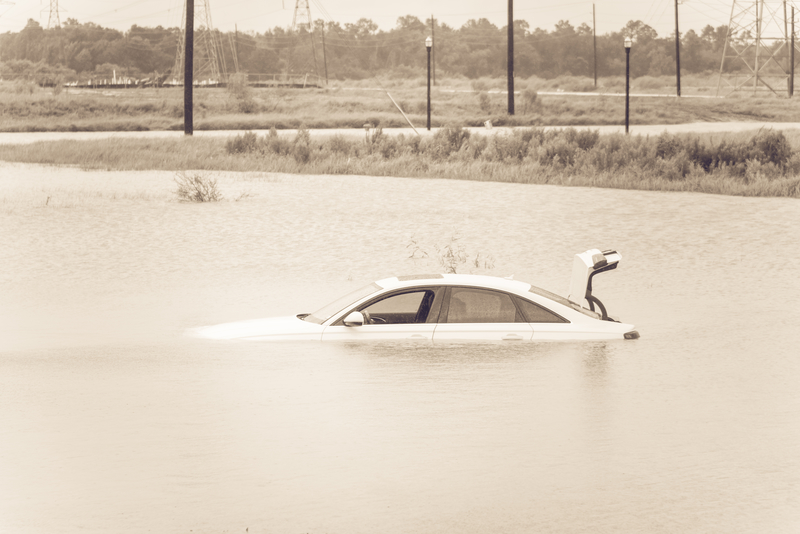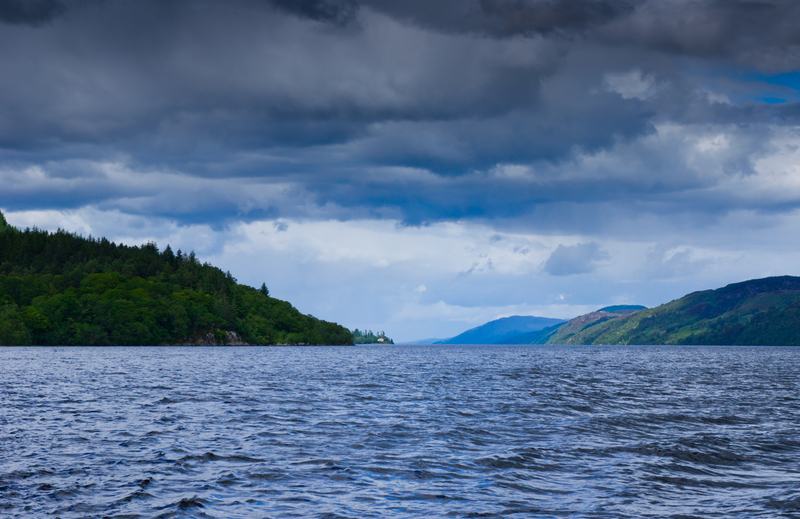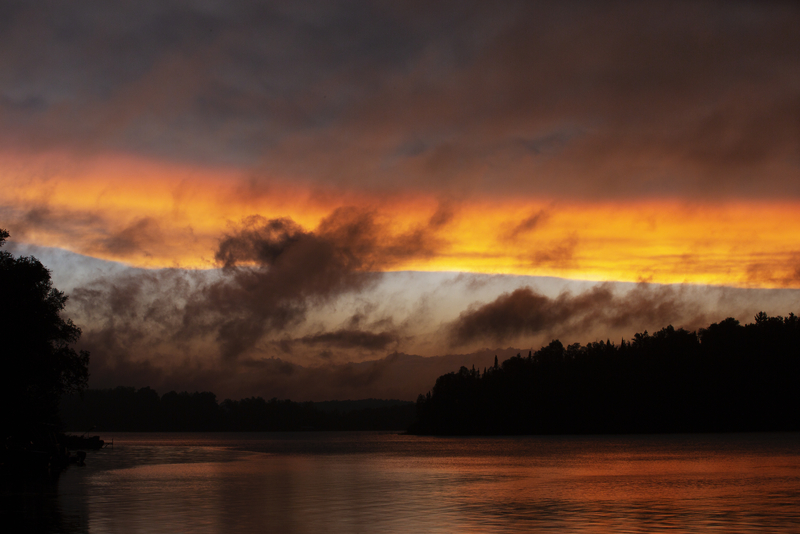The 2017 hurricane season is mostly remembered for Hurricanes Irma and Maria, and the devastation those storms brought to the Caribbean and Florida, especially Puerto Rico. But not if you live in Texas.
Because the storm that kicked that summer's parade of extreme weather was Hurricane Harvey. It developed quickly and then dumped record amounts of rain on Houston — so much that it became the wettest tropical cyclone on record in the United States (about 1,500 mm or 60 inches of rain). It was also tied with 2005's Hurricane Katrina for the costliest tropical cyclone.
It took months to get the city back to normal (though the fact that the Astros won their first-ever World Series later that year gave people in Houston something to rally around!). With the city so recently and terribly flooded, you would think that they would be on permanent extreme flood alert.
The Houston area got a sinking feeling of deja vu as Imelda dumped around 6 inches of water per hour, hour after hour. (Getty Embed)
And yet just last week, Tropical Storm Imelda arrived and gave the Houston-area three days of around 1,000 mm (40 inches) of rain. To be clear, no one can stop a storm from coming. But people across Twitter and Facebook expressed great surprise that Imelda was so intense.
Why?
Little notice
The town of Beaumont, just east of Houston, was hit especially hard by Imelda. (Getty Embed)
Looking into weather forecasts in Houston before the storm arrived, it is clear that the storm arrived fast. It was difficult to predict and was only really confirmed as a tropical storm a day or so before.
This happened with Hurricane Harvey, too. At first, it looked like it had almost died in the Gulf of Mexico and wouldn't hit land at all. Then within a day or two, it was a monstrous Category 4 hurricane! But even then, Harvey took many days to finally reach Houston. In this case, Imelda really did take the city by surprise.
In short, not only are hurricane paths tough to predict, but their strengths are, too!
What's in a name? A lot!
Tropical storms are dangerous, too. (Getty Embed)
But hey, aren't we talking about hurricanes? What is a tropical storm anyways?
The Saffir-Simpson Scale, which measures a storm's wind strength, lists hurricanes from Category 1 (weakest) to 5 (strongest). Just under a Category 1 is a tropical storm. So lower winds, no problem, right? Wrong.
These storms may not have hurricane-sized wind strength, but they're still huge. And winds are only part of the fury of these storms. They can also dump incredible amounts of rain. And that means flooding.
Want proof? Hurricane Harvey changed its strength many times after it made landfall and crawled along the Texas coast. And its rating by the time it stopped over Houston in 2017? That's right: it was a tropical storm.
When all is said and done, this is a reminder that even tropical storms carry a mighty wallop. And it's also something to keep in mind with Tropical Storm Karen near Florida and the Bahamas right now.
 Flooding caused by Hurricane Harvey devastated Houston two years ago. Tropical Storm Imelda has caused similar damage. (© Trong Nguyen - Dreamstime.com)
Flooding caused by Hurricane Harvey devastated Houston two years ago. Tropical Storm Imelda has caused similar damage. (© Trong Nguyen - Dreamstime.com)










That must have been a really hard time for the people who lived there.
The information was very useful.
Did people die there?
Those floods look really big.
Those storms were very frightening.
Hurricanes may be strong but tropical storms can pack a punch too.
That must have been a lot of rain.